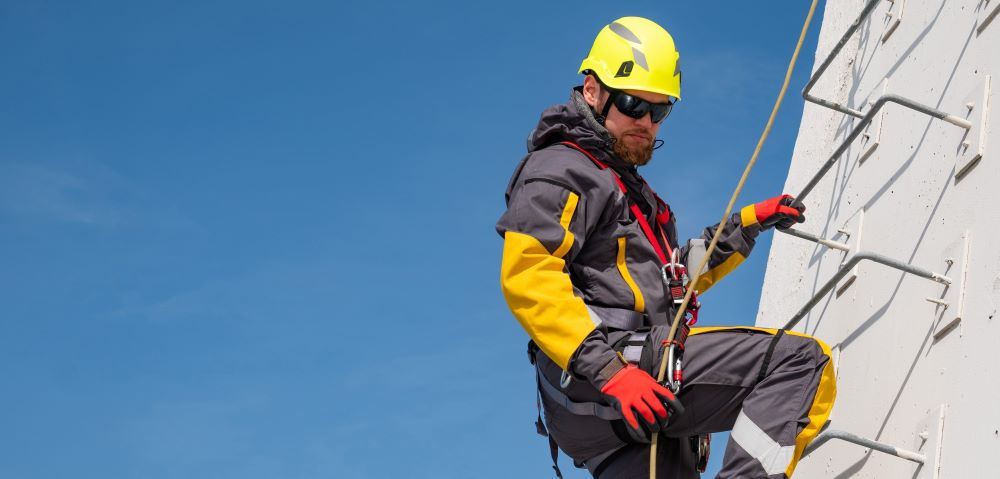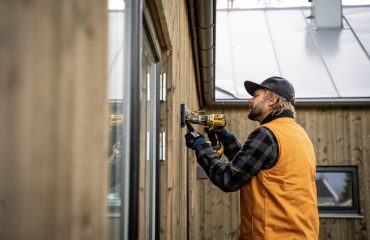
We are now launching a new course for working at heights! Will you or your employees be working at height? Then this is the training you need to work safely and in accordance with applicable regulations and HSE requirements..
What do you learn in the Working at heights course?
In the course, you will learn about risk assessment, safe use and correct selection of equipment, as well as best practices for safe work at height. The course is suitable for anyone who performs or is responsible for work at height, including construction workers, fitters and maintenance personnel. The aim is to prevent accidents and create a safe workplace for everyone.
This course provides a general introduction to safety when working at height. If you need specific training in the use of fall protection equipment, scaffolding or lifts, you must take a fall protection course, scaffolding course or lift course respectively.
Why have we developed this course?
Working at height is one of the most dangerous work operations and involves any activity carried out above ground level, where there is a risk of falling accidents. Such accidents can lead to serious injury or, in the worst case, death. Typical examples of work at height include tasks performed on scaffolding, roofs, masts, ladders and lifts.
Risk factors when working at height.
Falls are one of the most common causes of serious injury and death in workplaces. Some of the most critical risk factors include:
Lack of fall protection – Without the proper use of fall protection equipment, the risk of accidents increases significantly. This applies to both collective fall protection (such as guardrails and scaffolding) and personal protective equipment, such as harnesses.
Incorrect or inadequate assembly of scaffolding and ladders – Poorly assembled scaffolding or ladders with missing components can lead to dangerous situations.
Unstable working conditions – Wind, adverse weather conditions and uneven work surfaces can make it difficult to maintain stability and safety.
Lack of training – Workers without adequate training can make misjudgments that put themselves and others at risk.
Working at height poses significant risks, but with the right training, equipment and safety measures, accidents can be prevented. It is important that both employers and employees take responsibility for safety and ensure that all activities at height are carried out in a safe and responsible manner.
Relevant links:
The Norwegian Labor Inspection Authority’s guide for work at height..
Lovdata – Regulations on the performance of work
Work at height courses




